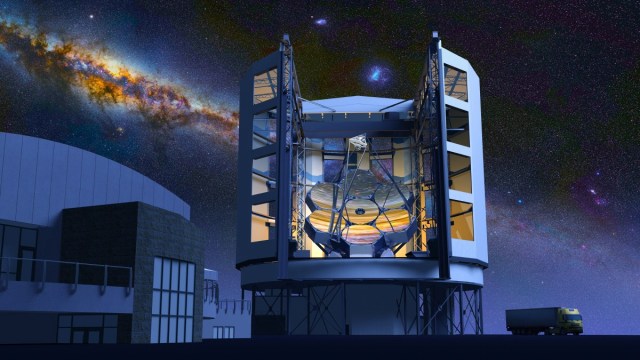Ask Ethan: Are We Due For An Extinction Event On Earth?

Are comets and asteroids periodic, and are we due?
“Biological diversity is messy. It walks, it crawls, it swims, it swoops, it buzzes. But extinction is silent, and it has no voice other than our own.”
–Paul Hawken
While a great many people argue about how and whether the human race will end, there’s no doubt as to the primary cause and catalyst of the last major extinction here on Earth: a massive, large body from outer space colliding with Earth. Some 65 million years ago, an asteroid about 5–10 kilometers in diameter struck what is now the Gulf of Mexico, wiping out roughly 30–50% of the species on our world and ending the age of the dinosaurs. Are we headed for another such event in the near future? Reader David Bertone wants to know:
I have a question for you regarding [this article I read on] how our galaxy’s disc displaces comets in the Oort cloud every 26–30 million years, causing periodic extinctions and bombardment of comets on Earth… I was wondering if we are in any danger of this happening in our lifetimes, and if the theory itself is credible?
To be honest, there’s always a danger of a mass extinction, but the key is quantifying that danger accurately.
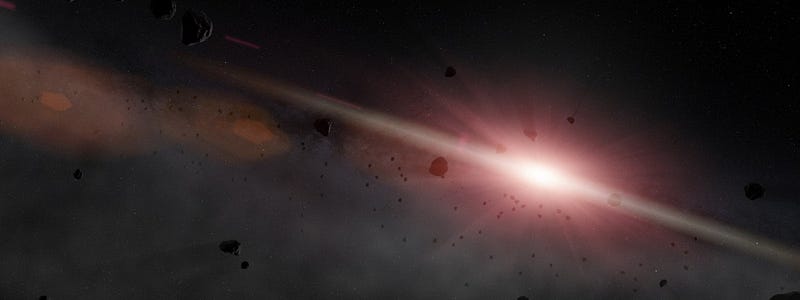
Extinction threats in our Solar System — from cosmic bombardment — generally come from two sources: the asteroid belt in between Mars and Jupiter, and the Kuiper belt and Oort cloud out beyond the orbit of Neptune. For the asteroid belt, the suspected (but not the certain) origin of the dinosaur-killer, our odds of getting hit by a large object significantly decrease over time. There’s a good reason for this: the amount of material in between Mars and Jupiter gets depleted over time, with no mechanism for replenishing it. We can understand this by looking at a few things: young Solar Systems, early models of our own Solar System, and most airless worlds without particularly active geologies: the Moon, Mercury and most moons of Jupiter and Saturn.
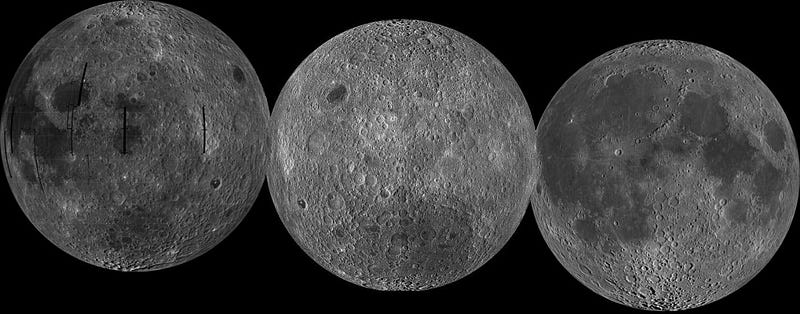
We can see, for example, the Moon’s cratering history by looking at it. Where the lunar highlands are — the lighter spots — we can see a longstanding history of heavy cratering, dating all the way back to the earliest days in the Solar System: more than 4 billion years ago. There are a great many large craters with smaller and smaller craters inside: evidence that there was an incredibly high level of impact activity early on. However, if you look at the dark regions (the lunar maria), you can see far fewer craters inside. Radiometric dating shows that most of these areas are between 3 and 3.5 billion years old, and even that is different enough that the amount of cratering is far less. The youngest regions, found in Oceanus Procellarum (the largest mare on the moon), are only 1.2 billion years old, and are the least cratered.
What this all means is that the asteroid belt is getting sparser and sparser over time. It’s arguable that we haven’t reached it yet (although we may have), but at some point over the next few billion years, the Earth should experience its very final large asteroid strike, and if there’s still life on the world, the last mass extinction event arising from such a catastrophe.
But the Oort cloud and the Kuiper belt are different stories.
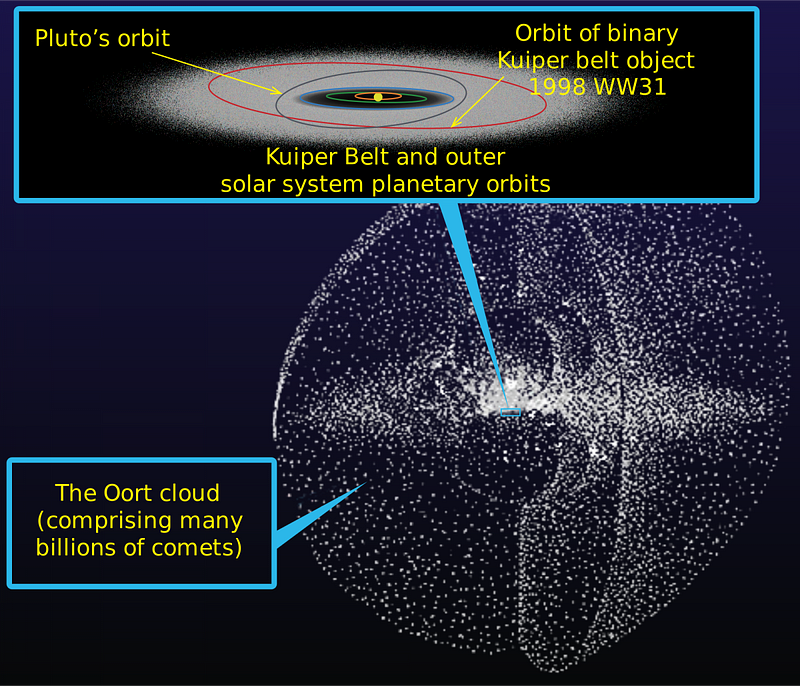
Out beyond Neptune in the outer Solar System, there’s a huge catastrophic potential out there. Hundreds of thousands — if not millions — of large ice-and-rock chunks wait in a tenuous orbit around our Sun, where a passing mass (which could be Neptune, another Kuiper belt/Oort cloud object, or a different Solar System) has the potential to gravitationally disrupt it. The disruption could have any number of outcomes, but one of them is to hurl it towards the inner Solar System, where it could arrive as a brilliant comet, but where it could also collide with our world, resulting in a catastrophe.
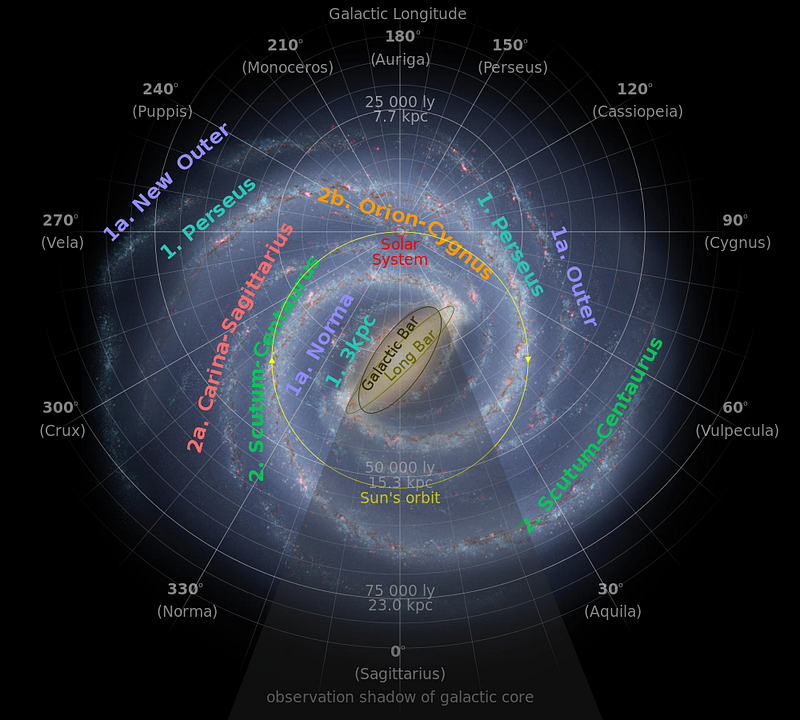
The interactions with Neptune or other objects in the Kuiper belt/Oort cloud are random and independent of anything else going on in our galaxy, but it’s possible that passing through a star-rich region — such as the galactic disk or one of our spiral arms — could enhance the odds of a comet storm, and the chance of a comet strike on Earth. The recent American Scientist paper that David asks about claims that there’s a roughly 26–30 million year “periodic” pattern in the extinctions on Earth, which correlates roughly with the 28–32 million year period of when the Solar System passes through the Milky Way’s galactic plane! Coincidence, or could this be the cause of the extinctions?
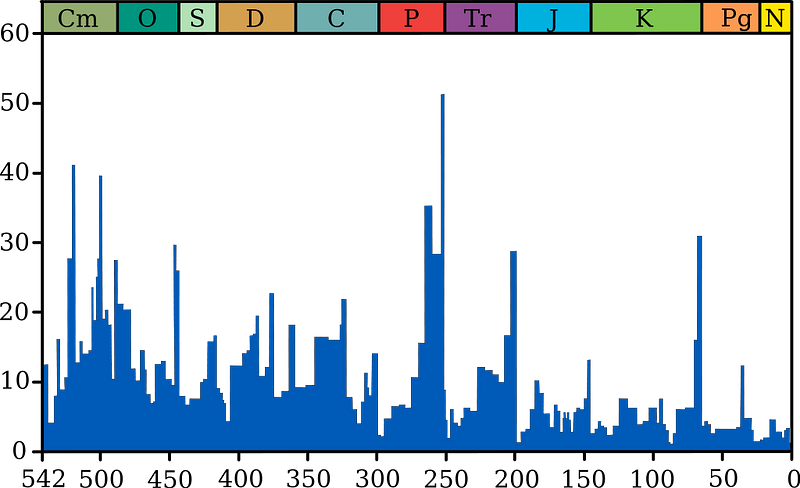
The answer can be found in the data. We can look at the major extinction events on Earth as evidenced by the fossil record. By counting the number of genera (one step more generic than “species” in how we classify living beings; for human beings, the “homo” in homo sapiens is our genus) at any given time, something we can do going back more than 500 million years (thanks to sedimentary rock), we can see what percent both existed and also died off at any given interval.
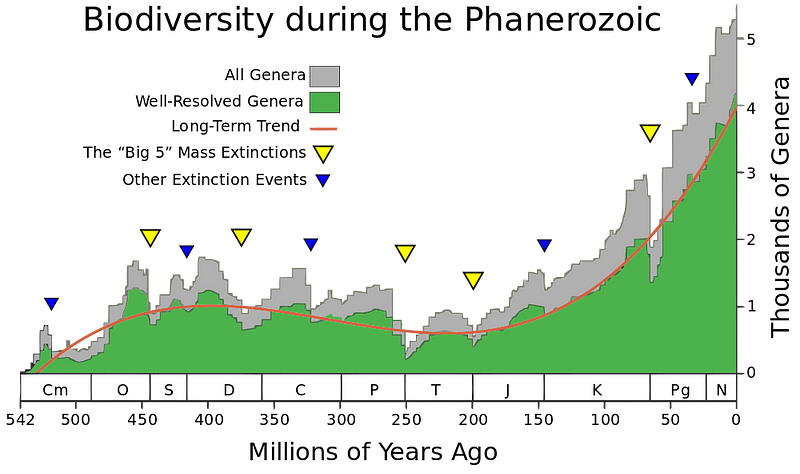
We can then look for patterns in these extinction events. The easiest way to do it, quantitatively, is to take the Fourier transform of these cycles, and to see where (if anywhere) patterns emerge. If we saw mass extinction events every 100 million years, for example, where there was a big drop in the number of genera with that exact period every time, then the Fourier transform would show a huge spike at a frequency of 1/(100 million years). Let’s not beat around the bush: what does the extinction data show?
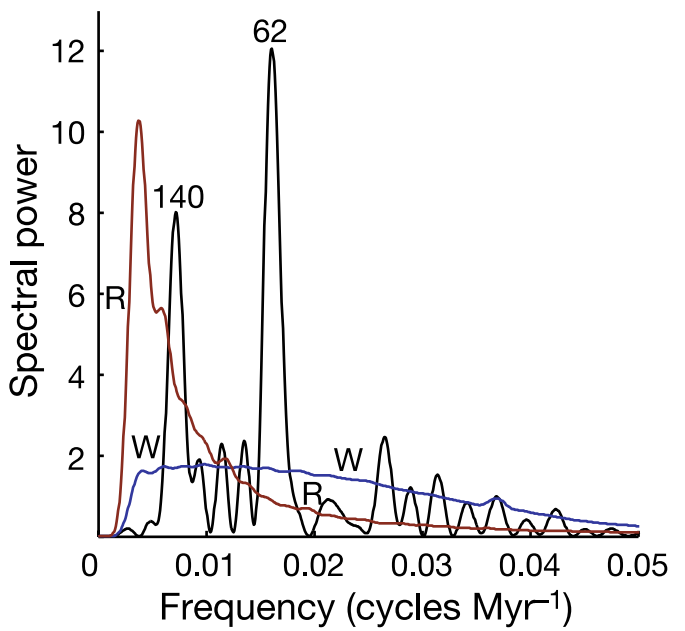
It shows relatively weak evidence for a spike with a frequency of 140 million years, and another spike at 62 million years. These spikes look huge, but that’s only relative to the other spikes, which are totally insignificant. In a timeframe of just ~500 million years, you can only fit three possible 140 million year mass extinctions in there, and only about 8 possible 62 million year events. (We don’t see that many; if there is periodicity like this, it doesn’t happen every time.) But as you can clearly see, there’s no evidence for a 26–30 million year periodicity in these extinctions; there’s not even a suggestive bump at those frequencies. What’s even worse is that, of all the impacts that occur on Earth, less than one quarter originate from the Oort cloud! There’s an old saying that “extraordinary claims require extraordinary evidence,” but Christopher Hitchens flipped the script on that, looking at it from the reverse point of view:
“What can be asserted without evidence can be dismissed without evidence.”
And I’m happy to report that as we look back on this most recent pass through the galactic plane, there’s no reason at all to suspect any increase in the frequency of catastrophic events. We might still get one, but the odds that the Universe is coming to kill us appear to be lower than they’ve ever been.
Submit your questions and suggestions for the next Ask Ethan here!
Leave your comments on our forum, and check out our first book: Beyond The Galaxy, available now, as well as our reward-rich Patreon campaign!





